More attention needed for swine influenza
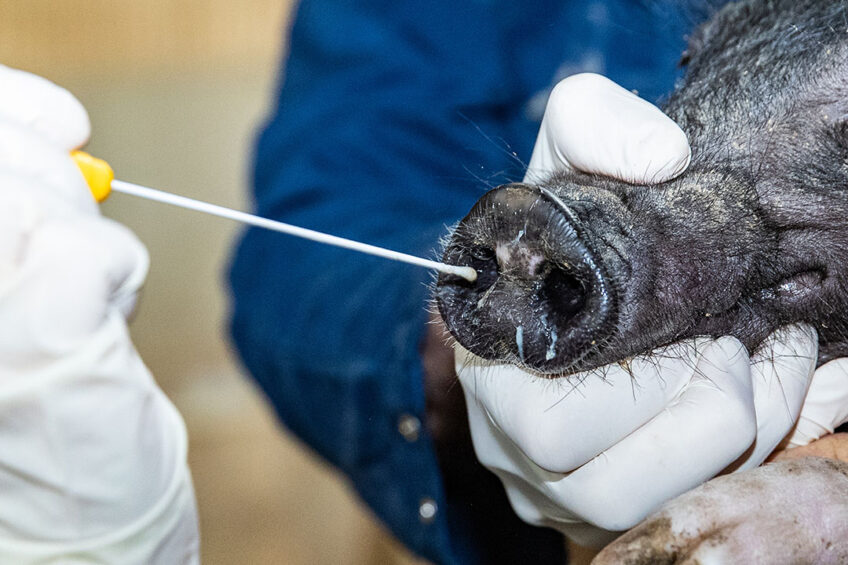
Increasingly, influenza in pigs is getting more complex. The virus is also behaving more whimsical than 10 years ago. That is why it is good to focus on the pathogen’s impact and to wonder how to reduce the infection risk.
To a certain degree, influenza is a year-round undermining problem for animal health at an ever growing number of pig farms. Not only does the virus behave more whimsical, it is also more difficult to control. There’s a plethora of reasons for that development.
Emergence of a pandemic type
Pivotal was the emergence of a so-called pandemic type A(H1N1) in 2009, originating in Mexico. It joined the classical subtypes H1N1, H1N2 and H3N2. In short, that means that currently, 4 subtypes of influenza are known in pigs, with the youngest member of the family being a relatively pathogenic one.
The latest addition has made influenza more difficult to control. In every classical subtype of the virus, there are 8 gene segments, which are completely interchangeable. At many farms, more than 1 subtype is present. When 2 subtypes would infect the same pig cell simultaneously, they are capable of exchanging genetic material and as a consequence, mixed varieties come into existence. An example of such a newly formed subtype is H1pdmN2.
With 4 subtypes of influenza in the pig industry, purely mathematically speaking it is possible to create many more varieties than with 3. Peter van der Wolf, senior expert technical service swine at animal health company Ceva, explains: “Ever since 2009, many more recombinations have become possible because the pandemic variety emerged.”
Swine farms are larger
Other reasons why influenza has a larger impact than roughly 10 years ago, is that pig farms have grown larger. Because of continuous production, the virus can easily maintain its presence on a farm. That applies mainly to lactation and the grower phase, when maternal immunity slowly dwindles. Piglet and grower areas therefore often are unintended virus reservoirs, comparable to a kindergarten for humans.
The bottom line for pig producers is to be alert on influenza. Not only when winter is approaching, but year-round. According to Van der Wolf, in the Netherlands for instance, influenza is present at 80 to 90% of the pig farms. A growing number of pig farms is permanently infected with influenza, with more than one subtype involved, which is why various mixed varieties may show up. In addition, not everybody in the swine business is aware of the pandemic influenza variety from 2009, says Van der Wolf, which leads to underestimation.
8 subtypes found
Ceva is conducting a lot of research at farms where there is a suspicion of influenza negatively impacting animal health. Between January 2020 until mid-2021, at 116 pig farms in the Netherlands 8 new subtype of the influenza virus were found. In the recent quarter, an H3 type was also found, which originates from seasonal influenza with humans.
If influenza were to occur on its own, pig producers would not have to worry too much. Within a few days the pigs will have recovered from the virus. Things are different, however, in case Actinobacillus pleuropneumoniae (App) would also be present, or Porcine Reproductive and Respiratory Syndrome virus (PRRSv), or when Mycoplasma hyopneumoniae (M. hyo) has just been around as well.
M. hyo, for instance, will cause the cilia in the respiratory tract to get damaged, and these are key to block unwanted invaders like pathogens. After an M. hyo infection, the influenza virus will get blocked less effectively, allowing the virus to protrude deeper into the respiratory tract, says Annelies Michiels, technical service manager at animal health company Hipra. Flu plus M. hyo, will therefore a much more profound effect on vitality and technical results. And flu plus App and PRRSv or M. hyo will create a respiratory disease complex causing a dip in performance at any time of the year.

Symptoms and reproduction problems
Influenza can be both chronic or acute. Often, influenza is chronic on a pig farm, with the piglet houses being the main home for the virus. In that case, the virus is permanently present at the farm and will produce clinical signs, to a certain degree. Reduced vitality of animals, sometimes fever, coughing and reproductive problems are clinical signs which return regularly. The virus, however, can also come in a more acute form. In that case pigs will display fever, coughing, heavy breathing, reduced appetite and general depression.
Influenza can also lead to reproductive problems. That can occur in various forms, like returns-to-service, abortions (after day 35 post-insemination) or early births, as is also known with PRRS. Michiels says that it’s predominantly the fever that will affect unborn piglets. Even the pandemic form, which has emerged since 2009, could be the onset to fertility issues.
Transfer and prevention
The most effective type of virus transfer is taking place as animal-to-animal contact, more specifically nose-to-nose contact. That is why it is very useful to review management practices in both the lactation area as well as grower pig house. Especially when the animals get mixed, when animal disease can be spread. But also when piglets are being processed it is vital to work hygienically to prevent virus transmission. Ideally farm staff will change gloves between each litter. In addition, the virus can also spread through pig house air, in minuscule droplets. Airborne transmission is not as smooth as with PRRSv or M. hyo. Nevertheless spread is possible for distances up to possibly 4m, says Michiels – even without fan.
The biggest risk for bringing the virus into the pig house is by the introduction of new gilts. By limiting the number of introduction moments and by strictly applying quarantine and adaptation regulations, the impact of the introduction can be limited. For prevention it is therefore essential to leave out all actions that could potentially stimulate virus transfer. Those are characterised in the box “How to prevent influenza?”. A good separation between sow and piglet house is very important to block virus transfer. That should be followed by strictly separating age groups on a sow farm. In addition, working via the all-in, all-out principle is ideal.
People infect pigs and the other way round
In the Netherlands, everyone working in the pig industry, for example veterinarians, is to get an influenza vaccination. Animals can infect humans with influenza, but vice versa is also possible. Neither route is preferred. And when influenza viruses are allowed to stay around for a while, mixed varieties can come into existence resulting in new types of influenza. Most well-known is the type A/H1N1. That was initially called Mexican flu or pig flu. The recombinant has parts of avian influenza, swine influenza and human influenza and evolved to become a pandemic. Both pigs as well as humans will get sick of this type of flu. The virus had a tremendous impact, because pigs nor humans had a natural resistance to this influenza. The risk of humans infecting pigs is being estimated bigger than the other way round. Yet both routes are possible.
How to prevent influenza?
It is possible to reduce the impact of influenza by good management. Some tips:
– Internal farm hygiene should be optimal;
– New pigs should be vaccinated and introduced after 6 weeks’ quarantine only;
– Mixing pigs should be limited and only happen 24 hours after birth;
– Sows should be vaccinated properly, depending on the virus strains available;
– In the lactation house, proper manual hygiene should be applied between processing 2 litters;
– It is unwise to mix age groups in the grower pig house;
– All-in, all-out is the preferred strategy;
– A good climate is essential, at the transfer from grower to finisher house the pens should be warm and dry;
– The presence of other pathogens should be limited.
 Beheer
Beheer

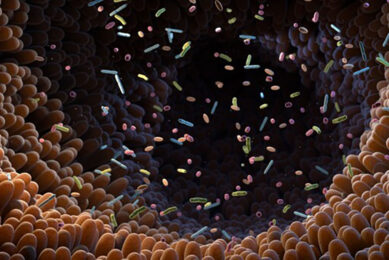
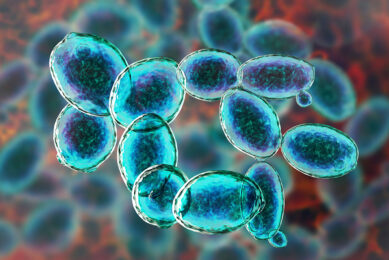
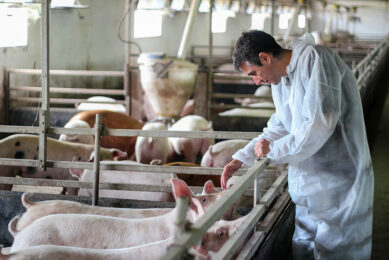
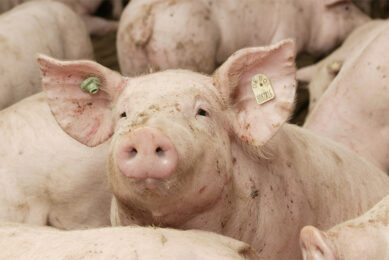



 WP Admin
WP Admin  Bewerk bericht
Bewerk bericht